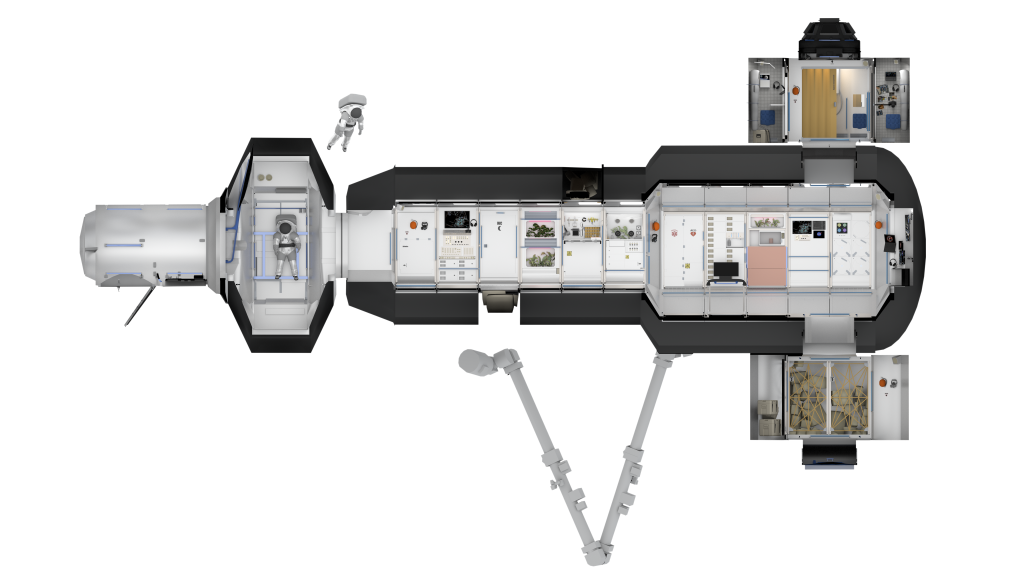January 28, 1986, was a cold day at Kennedy Space Center (KSC) and became a dark day for the American space program. The Space Shuttle Challenger lifted off from Launch Pad 39B and 73 seconds into the flight, the large External Tank exploded, causing the Orbiter to disintegrate and killing all 7 crewmembers on board. President Ronald W. Reagan established The Presidential Commission on the Space Shuttle Challenger Accident, also known as the Rogers Commission after its chair, former Secretary of State William P. Rogers, to investigate the causes of the accident and provide recommendations. The commission determined the proximate cause of the accident to be O-rings in the joints of the Solid Rocket Motor (SRM) that became brittle when exposed to cold temperatures such as Challenger experienced the day of launch. And when the O-rings failed, hot gases from the SRM impinged on the External Tank’s liquid oxygen and liquid hydrogen tanks, causing the fatal explosion. In addition to the hardware failure, the commission also recognized cultural and management practices at NASA that led to the decision to launch Challenger under those conditions, overriding technical information that it was not safe to do so. To recover from the accident, NASA implemented over 200 changes to the Shuttle system, including redesign of the SRM, addition of a crew escape pole to permit bailout from the vehicle under certain conditions, and having the crews wear full-pressure Launch and Entry Suits (LES). The Agency augmented its safety culture and management structure to improve future decision making.
NASA named the STS-26 crew on January 7, 1987, the first since Apollo 11 made up entirely of space veterans – Commander Frederick H. “Rick” Hauck, Pilot Richard O. “Dick” Covey, and Mission Specialists John M. “Mike” Lounge, David C. “Dave” Hilmers, and George D. “Pinky” Nelson. Engineers redesigned and certified the SRBs for flight and made the required modifications to Space Shuttle Discovery. After stacking of the components in KSC’s Vehicle Assembly Building, the Shuttle rolled out to Launch Pad 39B on Independence Day 1988. Inside Discovery’s payload bay was the primary payload for the STS-26 mission, the third Tracking and Data Relay Satellite (TDRS) – the first was launched in 1983 on STS-6 while the second was lost in the Challenger accident.
Space Shuttle Discovery roared off its launch pad on September 29, 1988, returning Americans to space after a 32-month hiatus. The redesigned SRMs worked as expected. Six hours into the mission, the crew successfully deployed the TDRS satellite, completing the primary objective of the mission. An Inertial Upper Stage soon after boosted TDRS into its proper geosynchronous orbit. With two TDRS satellites in orbit, longer uninterrupted communications would be possible during future Shuttle missions. For the remainder of the flight, the astronauts conducted science experiments, such as a protein crystal growth study, and practiced deploying the crew escape pole inside the middeck. The day before reentry, each member of the Discovery crew paid tribute to the crew lost aboard Challenger with words of remembrance.
On October 3, the STS-26 crew donned their LESs and strapped themselves into their seats. Discovery fired its engines to begin the journey back to Earth. After completing 64 orbits around the planet in 4 days and 1 hour, Discovery glided to a smooth landing on Runway 17 at Edwards Air Force Base in California and rolled to a stop, completing the Return to Flight mission. Vice President George H.W. Bush was there to greet the crew as they stepped off the Orbiter.
Read Rick Hauck’s, Dick Covey’s, Mike Lounge’s, and Pinky Nelson’s recollections of the STS-26 mission in their oral histories with the JSC History Office.
Enjoy the crew narrate a video about the STS-26 mission:
See Space Shuttle Video Library on National Space Society website https://nss.org/space-shuttle-video-library/




























